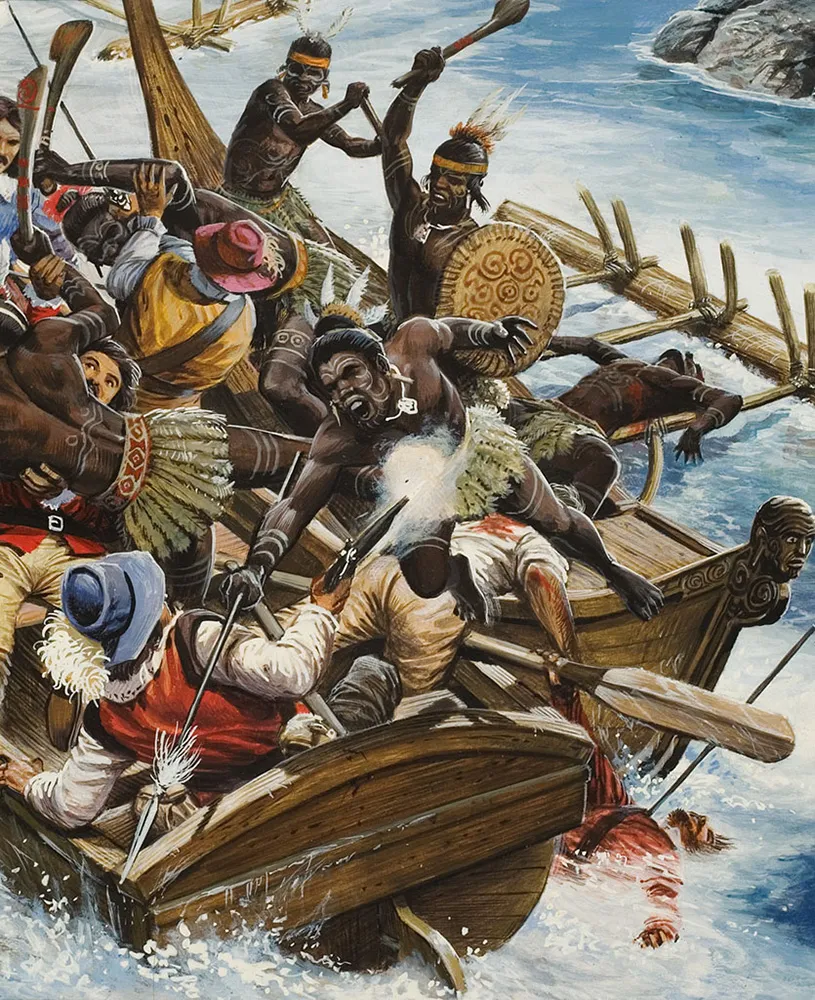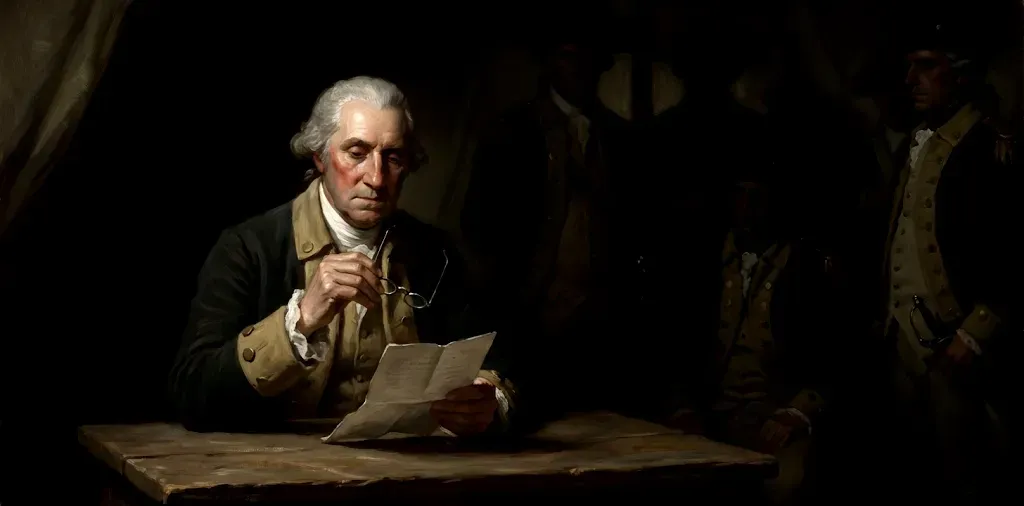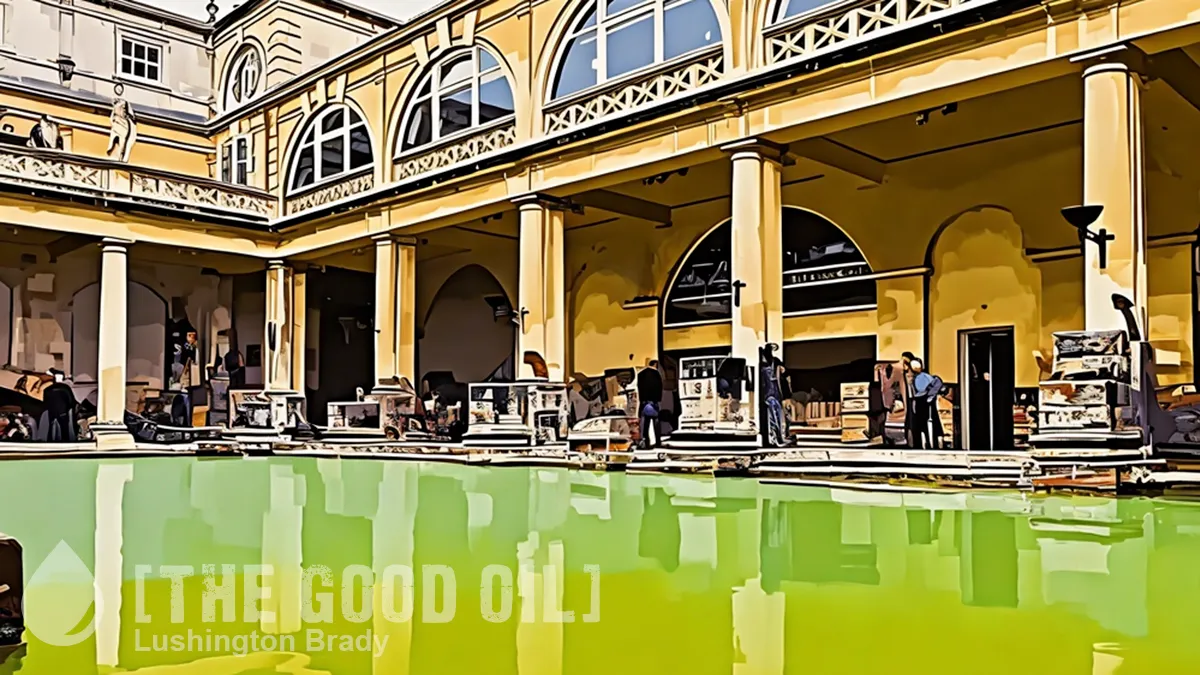Table of Contents
Person of colour
The draft for consultation is open at Aotearoa New Zealand’s Histories in the New Zealand Curriculum.
You can read it and make your own mind up but here are my thoughts.
The three ‘big ideas’ are insufficient to understand New Zealand’s history unless this also incorporates the development of governance, the economy and society post colonisation. This includes many aspects such as the establishment of Parliament, voting rights for Maori and women, the creation of agricultural industries and exports, various waves of migration and the Waitangi Tribunal.
The statement that “Colonisation began as a worldwide imperial project….. to assimilate Maori through dislocation from their lands and replacement of their institutions, economy, and tikanga with European equivalents” presages a confrontational, biased, racist view that is wholly inappropriate. If this were true, evidence of such intent and activity would be well known to everyone. It is not. Maori were ‘assimilated’ by virtue of Te Tiriti o Waitangi which explicitly prevented dislocation from their lands and guaranteed their institutions and economy. If this is the context to be set by the curriculum it does a great disservice to New Zealand’s children.
Similarly, the inquiry practices are to pursue “the construction of narratives about the past”. Before anyone can consider a completely unnecessary activity of storytelling about the past, as opposed to studying history, one must have knowledge of the past. Otherwise, we will have the blind leading the ignorant into fiction.
The curriculum says little if anything about the history of New Zealand; the events that took place and the personalities and individuals who played a part in events. These cannot be left to teachers to imagine, select or ignore, editorialise, ‘shape’ and create narratives about. There must be factual accounts of the history, and, where multiple factual interpretations exist, they should ALL be presented to ensure that a balanced perspective is given. Students should learn that multiple viewpoints can be taken from the same facts, but that the facts matter.
The quality of information, such as its contemporaneous sources, the bias and culture of the historians recording the facts and the granularity, accuracy and quantification of the information are all relevant to our understanding.
Much is made of Maori culture in the curriculum. However, care needs to be taken to accurately reflect reality. ‘Aotearoa’ is, perhaps, an aspirational name for New Zealand promoted as a Maori alternative name that had no particular usage until recently. It does not have any official status and should not be repeated ad nauseam in Ministry of Education official documents. Worse still, if, as seems likely, this reflects hostility towards Pakeha culture, then it would be divisive Maori separatism or Maori supremacy and should not be taught to New Zealand children. Until the name of this country is changed it should not be promoted, unilaterally, by servants of the state.
Similarly, describing Maori as “indigenous” to New Zealand is inaccurate and they should be referred to as “native”. Maori cannot become indigenous to New Zealand by simply asserting it or being present here for some centuries. If this were the case then how long do Pakeha need to have been present here to also become “indigenous”?
The curriculum states that “Different stereotypes of New Zealand identity have been purposefully constructed…. to define who is included and excluded” in migration. What is meant by this and what is the history that will be taught about it? Identity is not a historical topic, it is a psychological construct of individuals or groups. This statement raises questions as to what this refers, and the lessons (or narratives) that will be taught relating to it. Identity politics is not history.
The curriculum states “immigration schemes were designed to create a British colony and consequently shifted the balance of power from Maori to settlers”. Te Tiriti-o-Waitangi bestowed British citizenship on everyone in New Zealand, including Maori. Everyone in, and who migrated to, New Zealand after 1840 were British subjects. To describe the balance of power shifting from Maori to settlers is therefore a racist viewpoint differentiating groups by race. All were New Zealanders. Constructing narratives to differentiate and emphasise diversity does not unify our whakapapa.
The curriculum states that Maori are “Treaty partners” with the presumption that Maori, as a group, should have a say in immigration. This is a critical political argument about Maori rangitiratanga, and what it means. Certainly there is no implication or statement whatever in the Treaty that Maori are or would be ‘partners’ with the British Crown. Indeed, it is very clear that Maori became British subjects with all the same rights and privileges as all other British subjects. Again the aspiration of Maori to become separate, supreme or privileged because of their race is not an argument that should be engaged in the history of immigration, but should be addressed directly as opposing viewpoints about the Treaty, not as an underlying statement of fact that is not up for debate.
The curriculum addresses Mana Motuhake by stating that “New Zealand settler government and the Crown were determined to undermine mana Maori, especially by acquiring Maori territories…… by any means.” This is an outrageously twisted viewpoint that cannot be accepted as an actual intention and the only possible policy. The Treaty includes a specific article acknowledging Maori land ownership. Early Maori land sales to Pakeha were abrogated and buyers allowed to retain only one-tenth of the area purchased. The New Zealand government stepped in to abolish all private sales and took over all sales of Maori land to settlers to protect Maori from unscrupulous traders. The history curriculum is not a vehicle for activist revisionism.
It is of great concern that this curriculum will be hijacked and used to promote propaganda: for example, the suggestion that Pakeha technology and economic advancement is the underlying cause of environmental degradation. Once again this is a vexed political question that needs to be addressed without bias and presumption and not to promote one view over another.
This applies to the many conflicts, wars and incidents in New Zealand’s history. If only one viewpoint is supported by the curriculum our children will be done a great disservice. The way that the curriculum is currently worded makes it very clear that all of these are addressed as deprivation and wrongs, to Maori, by Pakeha.
The question is ‘asked’ but not answered by the curriculum as to the motivation to sign the Treaty. No mention is made of the Musket Wars, the annihilation of some tribes by others and the chaos that ensued from the introduction of Pakeha firearms technology into New Zealand, and the petitions by Maori to the British Crown for peacekeeping forces.
The curriculum introduces a number of topics which appear to simply foment division: for example, who benefitted and who ‘missed out’ on the welfare systems introduced after the Great Depression; injustices in self-determination for Mana Motuhake; New Zealand’s role as a ‘colonising power’ with respect to Samoa; and even gender identity. The history curriculum is NOT a vehicle for political promotion and creating critical citizenship based on biased political positions.
There is ample latitude for teachers to subtly ‘shape’ student viewpoints about what they imagine were the motivations and orientation of participants in our history, but we must avoid the temptations and stick to historical FACTS.
The curriculum appears to be intentionally vague, not identifying much of any actual events that shaped our current situation. This also allows opacity to what will actually be taught about the Great Migration; European exploration; sealers, whalers and missionaries; the Treaty; European settlement; the Musket, Maori, Taranaki and Land wars; the evolution of governance in New Zealand; the Great War/WWII and the Maori Battalion; and the Waitangi Tribunal.
The curriculum says nothing similarly about the individuals of note in our history: Hongi Hika, Hone Heke, Te Whero Whero, Te Rauparaha, Apirana Ngata, Wakefield, Hobson, Grey, Vogel, Edmund Hillary etc. Are there no history lessons to be learned from the actions of these individuals?
Please share so others can discover The BFD.









